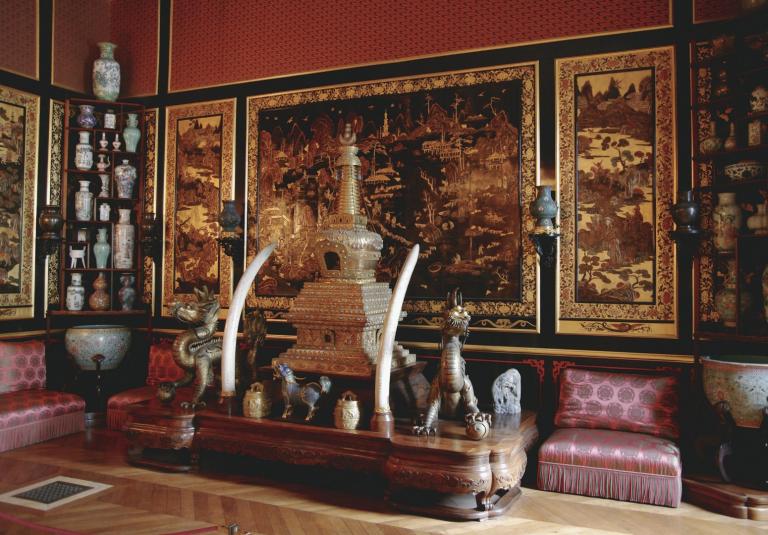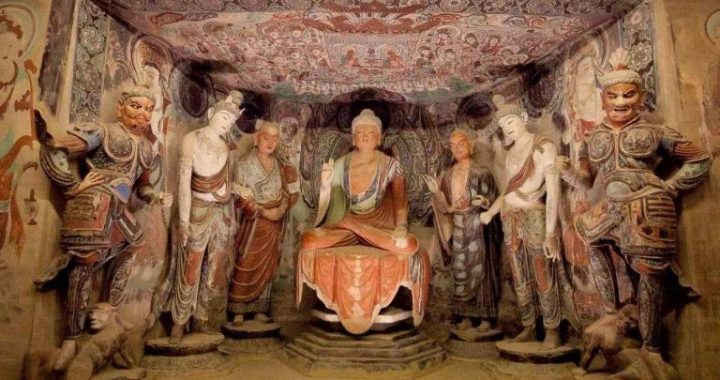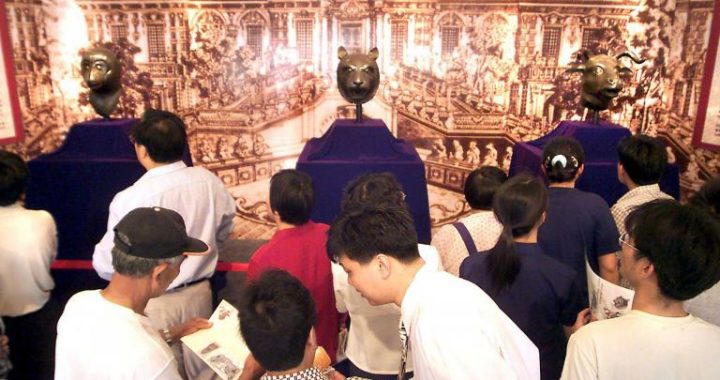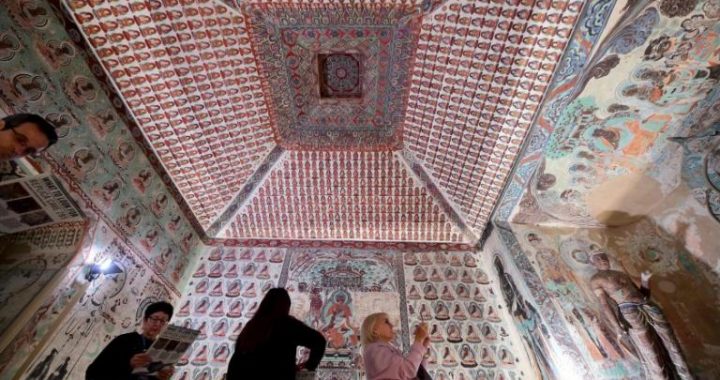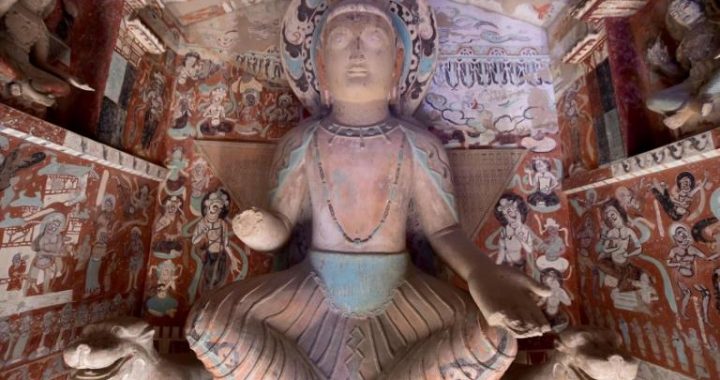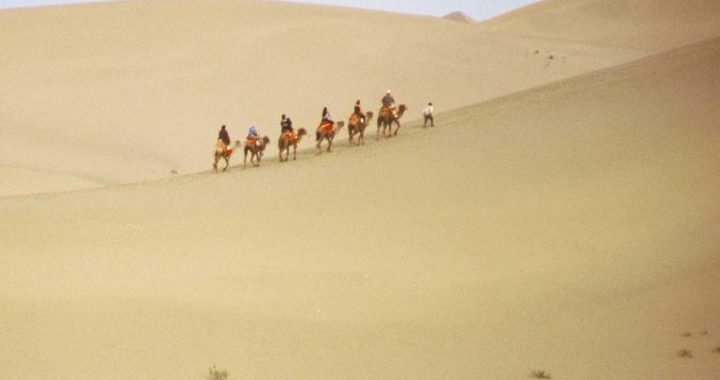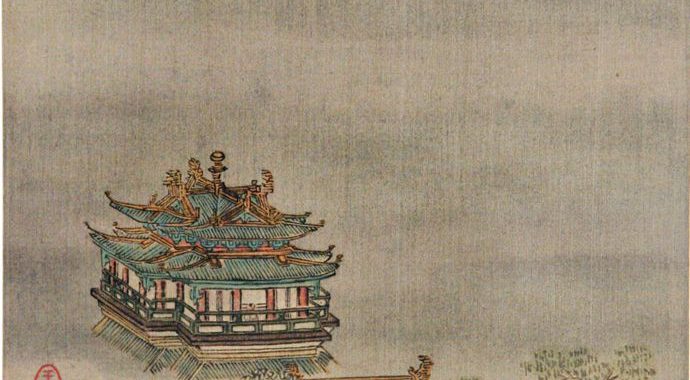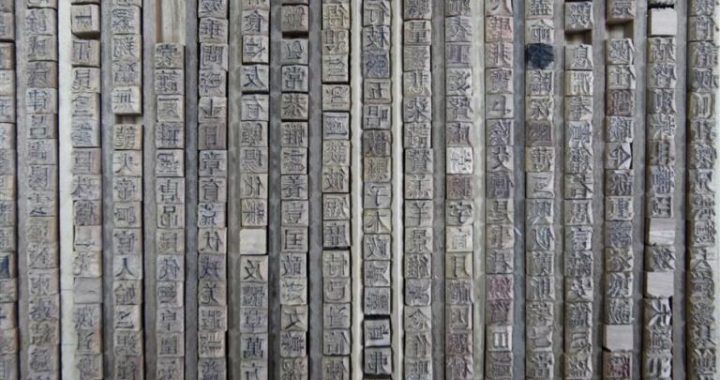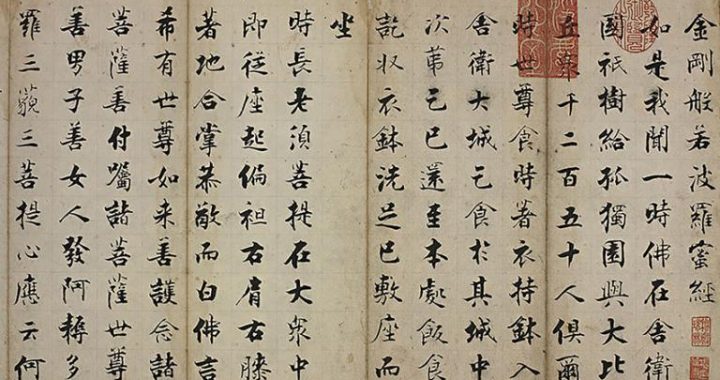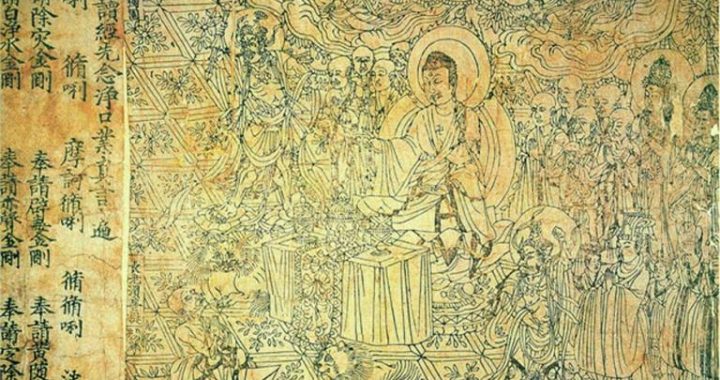Dunhuang Studies in the World
5 min readFrom Humiliation to Glory:Development of Dunhuang Studies
After the discovery of the Dunhuang documents,the overwhelming ma jority was taken away to England,France and Russia;therefore,researchers of Dunhuang documents were mostly foreigners at the beginning.In the early research field of Dunhuang documents,Chinese,Japanese,European(mainly French)and American scholars made the most contribution.Dunhuang studies in China started in 1909 when Luo Zhenyu compiled Dunhuang Shi Shi Yishu(Lost Documents in Dunhuang Caves)and wrote Mingshashan Shi Shi Mi Lu(Secret Record of the Caves in Mingsha Mountain).In 1930,Chen Yinque explicitly pointed out in the preface of Chen Yuan’s Record of Dunhuang after Being Plundered:”
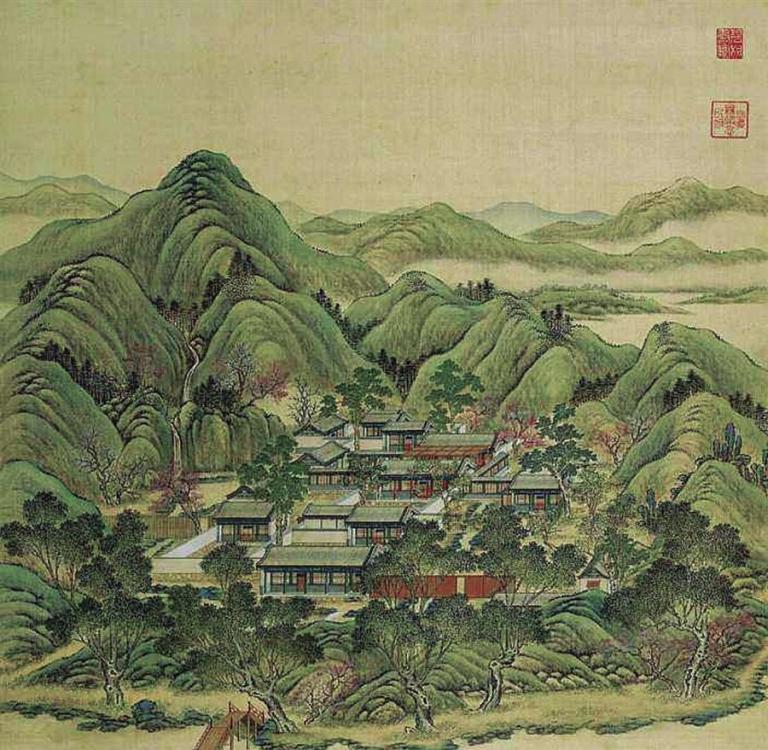
Dunhuang studies is a new trend in the present-day world of learning.”This was the first time the term was coined and used.Meanwhile,he exclaimed that Dunhuang studies constituted”the sad history of Chinese learning”because he found that the Dunhuang relics had been scattered overseas but rarely any research had ever been made by Chinese scholars.Liu Fu,Xiang Da,Wang Chongmin,and Jiang Liangfu had been to Paris and London to photograph,copy and sort out the Dunhuang documents.
They had made important achievements.The year of 1944 witnessed the founding of Dunhuang Art Institute.A group of ambitious artists and scholars came to work here headed by Chang Shuhong coming back from Paris.They cleaned the accumulated sand,surveyed the caves,copy the murals,and carried out extremely hard and fruitful work of conservation and research of the cultural relics of the Mogao Grottoes.
After the founding of the People’s Republic of China in 1949,Dunhuang studies was fresh with vitality.
In 1951,Dunhuang Art Institute was changed into Dunhuang Cultural Relics Research Institute,with which the horizon of conservation and research was broadened and the caves were repaired and reinforced on a full scale.Dunhuang art exhibitions were held many times both at home and abroad,cultural communication between China and foreign countries was strengthened,and great successes were scored in academic research.During the ten years from 1966 to 1976,Dunhuang research was interrupted;for this reason,there was the remark that”Dunhuang is in China,but Dunhuang studies is in other countries.”Dunhuang studies in Japan,in particular,experienced a relatively silent period after World War II,and then grew They paid attention to the training of successors and a great harvest was reaped in the research of Buddhist art,books of the Dhyana sect in Dunhuang,legal system and economic documents,and languages of the Western Regions,and to a certainextent was leading the world trend.Through the efforts of scholars in China,especially with the establishment of China Dunhuang and Turfan Society in August,1983,Dunhuang studies in this country entered a new era of development and flourishing.In 1984,Dunhuang Academy was founded,and relevant research organization and document centers were set up successively at colleges and universities in Beijing,Lanzhou,Urumqi,Hangzhou,Chengdu,and Guangzhou where programs were developed,research personnel trained,and international cooperation advanced with remarkable and proud achievements.Professor Ji Xianlin pointed out a an academic conference in 1988,”Dunhuang is in China,and Dunhuang studies is in the world.”This is a forward-looking insight and has won general agreement among researchers both at home and abroad.It reflects the reality of Dunhuang studies as an international learning and implies that Dunhuang studies should be carried out from the perspective of the world.The broad mind of Chinese scholars is admirable.
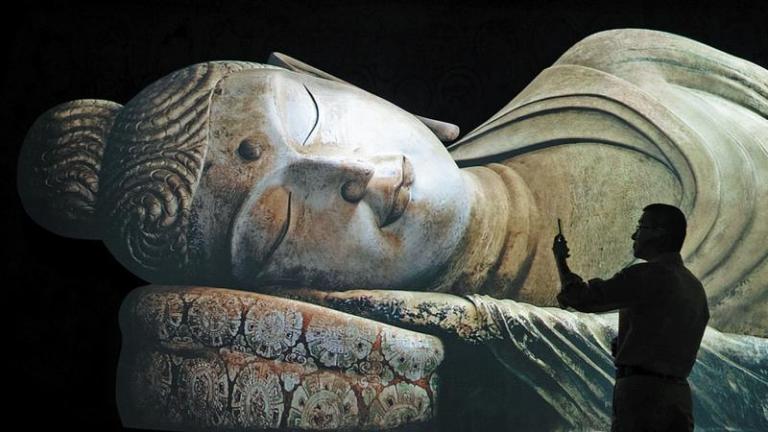
And a new landmark is set up for Dunhuang studies in the world.
The internationalism of Dunhuang studies is mainly reflected in the following three aspects:
1) Internationalism of Dunhuang proper. Dunhuang grottoes are the crystal of the Buddhist art. Its existence is the fruit of cultural communication between China and foreign countries. Buddhism prospered in India and gradually spread eastward. In this process a lot of grottoes were built, and the Mogao Grottoes is one of them.
Buddhism is a world religion. As one of the Buddhist grottoes, the Mogao Grottoes is rich in content and has been perfectly preserved and has naturally become a world center of focus. The diversity reflected in the Dunhuang painted sculpture and murals in style, the Library Cave relics introduced from the Central Asia and Western Asia, and the all-embracing cultural communication between China and other countries contained in the Dunhuang manuscripts lively demonstrate the world nature of Dunhuang art and documents. Though mostly in Chinese, the Dunhuang documents also contain data in Sanskrit, Huihu script, Khotanese, Tocharian B, Turkish, Sogdian, Tangut, Syriac, and Phags-pa, which has naturally aroused close attention from scholars all over the world.
2) Internationalism of the collection of Dunhuang documents. Since the discovery of the Dunhuang documents, they have been scattered all over the world for various reasons and are now collected in dozens of museums and 1ibraries in China, England, France, Russia, Japan, Germany, America, Korea, India, Sweden, Australia, and Denmark. The biggest collections are in China National Library in Beijing (approx.16,000), British National Library in London (approx.13,300), French National Library in Paris (approx.6,000) and Institute of Oriental Documents of Russian Academy of Science in St. Petersburg (approx.18,000); therefore, Beijing, Paris, London and St. Petersburg are called the four major collection centers of Dunhuang documents.
3) Internationalism of research. From the subjective point of view, Dunhuang is given attention and undertaken research by scholars all over the world because of the internationalism of Dunhuang proper, while the internationalism of the collection of Dunhuang documents objectively promotes the systemization, researchand international exchange. Therefore, many countries in the world, particular thos in which Dunhuang documents are collected, have their own specialized institutions and researchers, have held international conferences on Dunhuang studies, and published treatises on this topic. From the overall point of view, Chinese scholars excel in the research of the four branches of classics, particularly history andliterature, and in the advantaged research of grottoes; Japanese scholars find no match in the studies of religions; and European and American scholars, particularly French scholars have contributed considerably in national languages and history.
